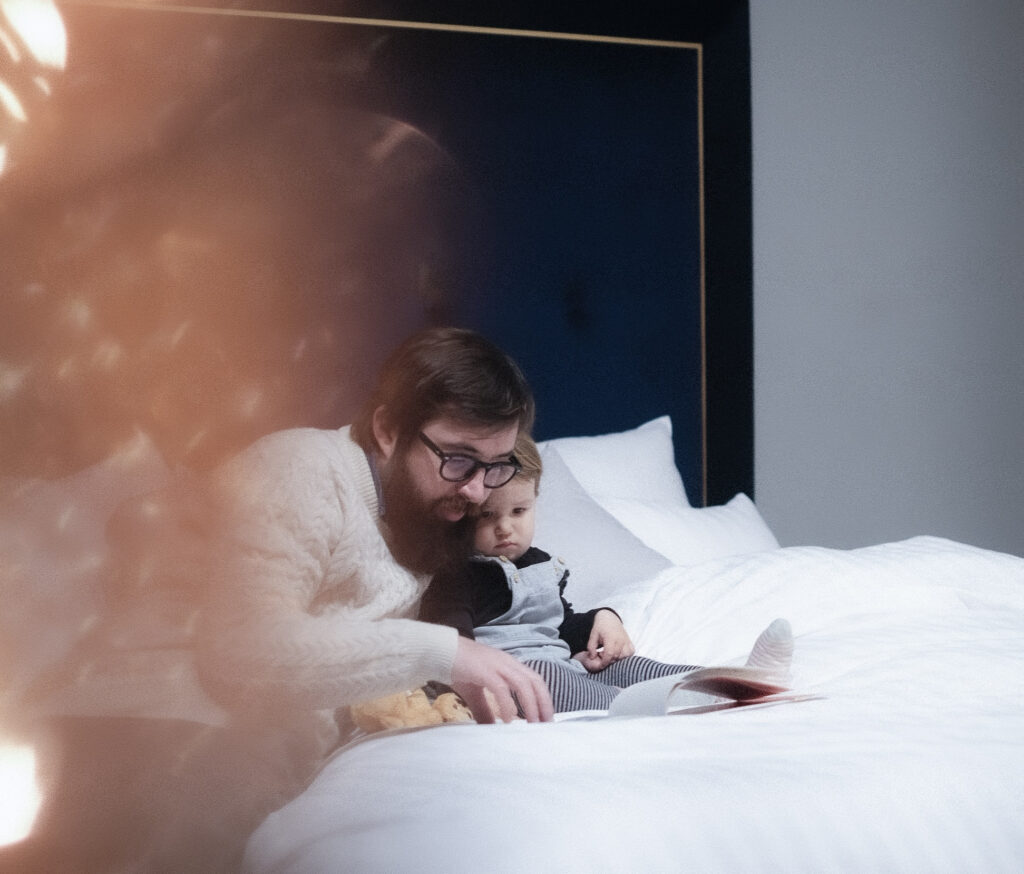
BLOG
Parents often feel confused by all of the information available on what they should – or shouldn’t – be doing to prepare their baby or toddler for sleep.
There is nothing that HAS to be part of the routine (other than going to sleep, of course!), so building a bedtime routine that feels good for you and for your child, and that you fits your family’s schedule, is of utmost importance. If you’re finding the evenings are always rushed, design a bedtime routine that works with your lifestyle. Having a predictable routine is more important that having all of the “perfect” elements included at the expense of things being calm and enjoyable.
Here are some of my favourite bedtime tips – pick and choose the ones that work for you, and don’t worry if you can’t do them all!
Timing: The number one predictor of a successful bedtime routine is getting the timing right. Put your baby to bed too early and they may not have had enough time to build sleep pressure; too late and they may have had a spike in cortisol, giving them a second wind that keeps them up past their ideal bedtime.
Blue Light: Blue light inhibits the body’s natural production of melatonin, which is the hormone that prepares our body for sleep. Limiting blue light exposure by dimming lights and eliminating screen time in the hours leading up to bed will allow your child’s body to adequately build up melatonin before sleep.
Bathtime: Bathtime is a great addition to the bedtime routine, both because it’s predictable, and because leaving the bath helps to lower core body temperature, which signals to the body that it’s time for sleep. Have a baby with drier skin? Coat them in a body oil to create a protective barrier, or skip the bath on some nights and replace it with a quick wipe down instead.
Rough & Tumble Play: It sounds counterintuitive, but adding some rough play to the bedtime routine can help give sensory seeking kids that little added input they need to settle to sleep for the night. Rough and tumble isn’t just for toddlers – you can modify this for babies, too!
Sleep Associations: Build in a variety of familiar sleep associations – things like feeding, rocking, singing, patting, holding etc. Having multiple associations means that when you’re ready to remove one (i.e. feeding to sleep), it won’t disrupt your bedtime routine, because the other associations are still in place.
What is your biggest bedtime challenge? Comment below 👇🏼
Struggling to find sleep solutions to meet your family’s needs? Let’s chat!
